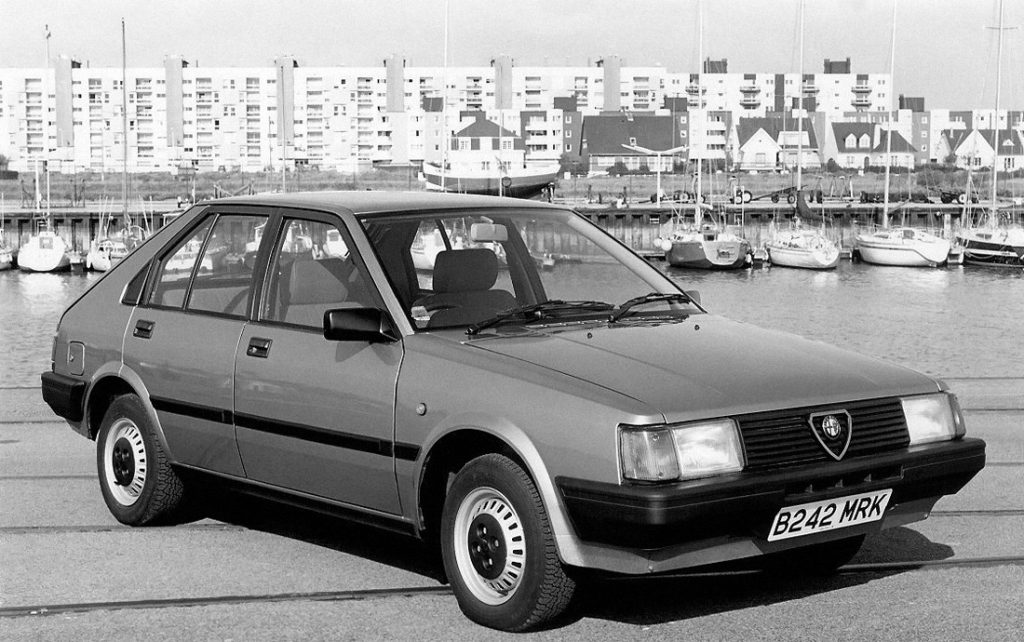
Author: Richard Heseltine
Photography: Broad Arrow Auctions/Manufacturers/Nathan Chadwick
Go beyond the usual clickbait headlines: these cars deserve more.
Alfa Romeo Arna
Rarely has a car elicited such a visceral response from the marque faithful. Introduced in 1983, the Arna married a Nissan Cherry hull with a flat-four Alfa engine and the purists hated it. Despite this, the Arna wasn’t a bad car. Quite the opposite. It handled well and was better made than a comparable Alfasud even if it lacked its stablemate’s charm.
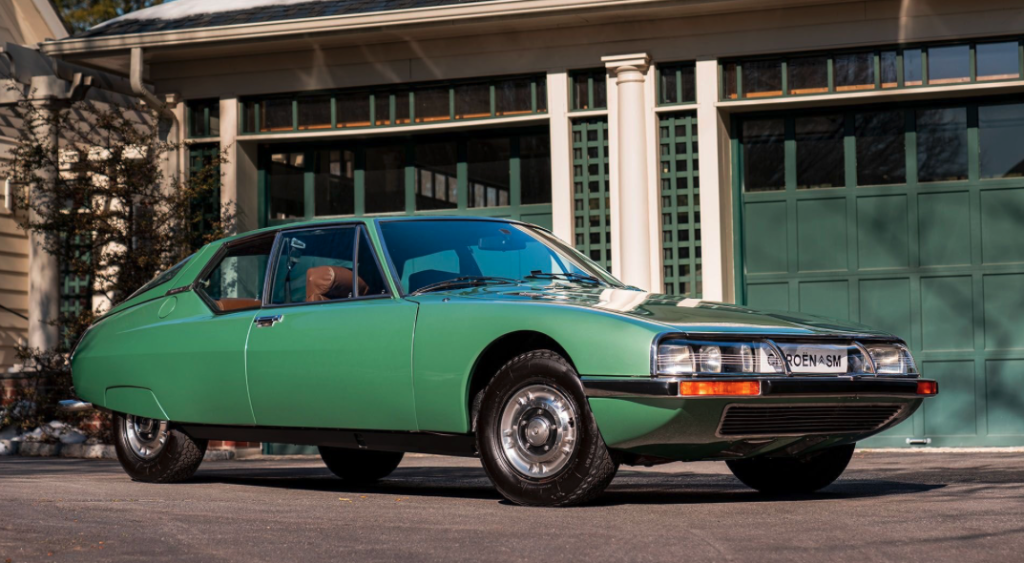
Citroën SM
One of the all-time great cars, the SM is nevertheless one that remains an acquired taste. The car looked amazing, and its Giulio-Alfieri-designed V6 unit was compact and light-ish, but some punters were dissuaded by the ultra-rapid DIRAVI steering and other typically left-field elements. A mere 12,920 were made from 1970-75 and the SM remains a thing of wonder.
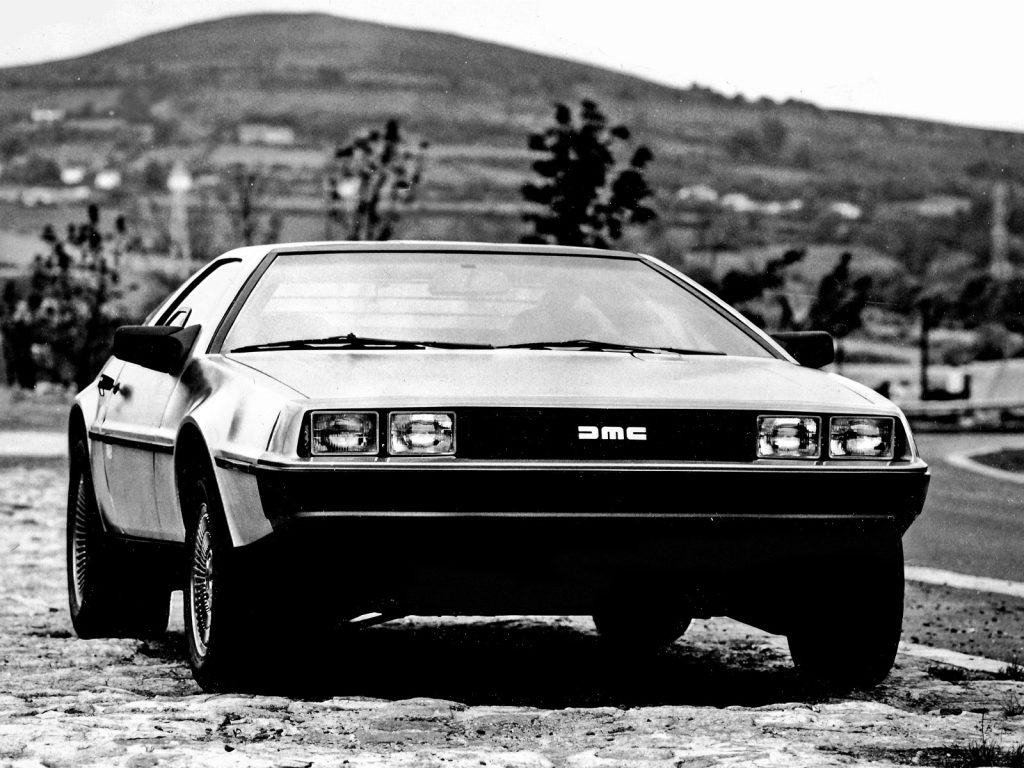
DeLorean DMC-12
The DMC-12 is primarily remembered for two things – the infamy behind its instigator’s arrest for drug trafficking (John DeLoren beat the rap), and for its appearance in a time-travelling trilogy. However, it wasn’t a bad car, if not necessarily a great one. If nothing else, the Giorgetto Giugiaro-penned outline and gullwing doors provided welcome theatre.
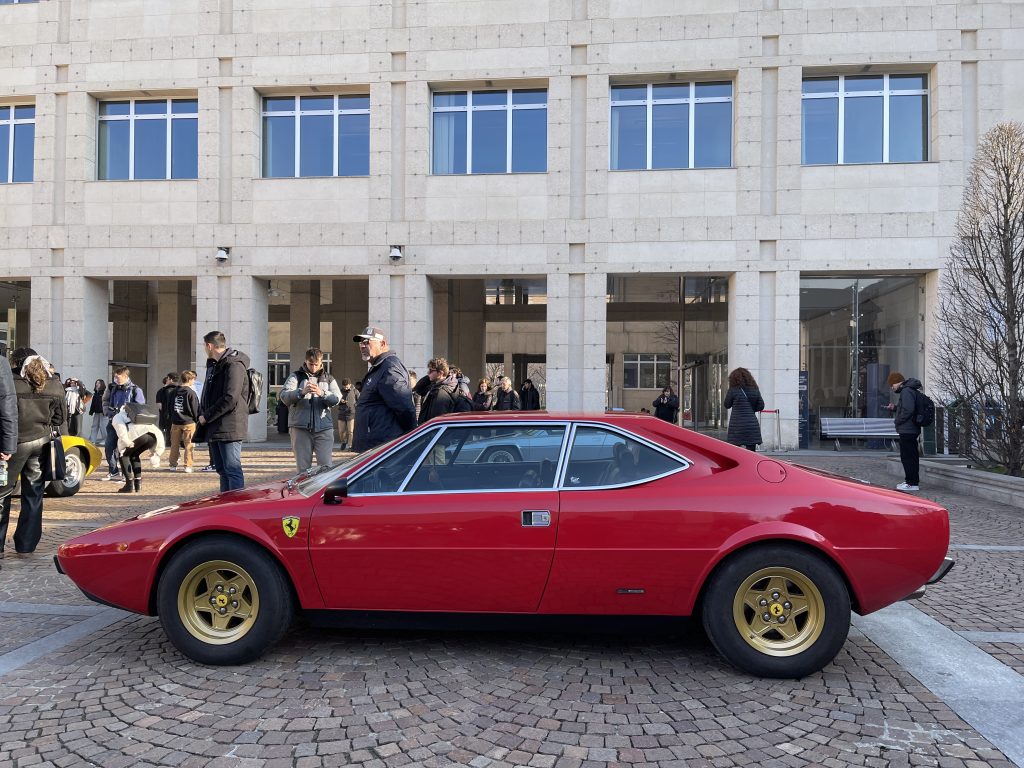
(Ferrari) Dino 308 GT4
Bertone’s only stab at a production Ferrari wasn’t well-received when it was introduced at the 1973 Paris Motor Show. However, it wasn’t really a Ferrari given that it belonged to the Dino sub-brand. Replacing the 206/246-series car was no easy task, and not even its formal adoption as a production Ferrari in 1976 brought in the old guard. It was their loss as it was a fine-handling car and not unattractive.
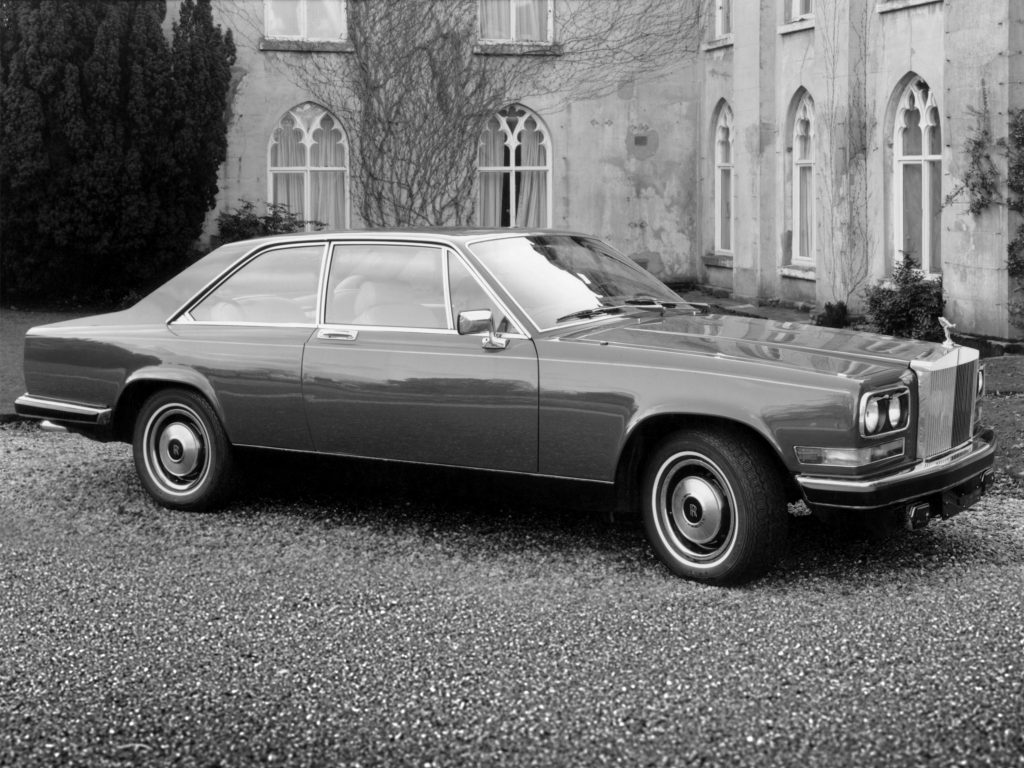
Rolls-Royce Camargue
Famously the most expensive production car in the world when launched in March 1975, the Camargue was met with muted praise. Some arbiters of beauty disliked the outline by Pininfarina’s Paolo Martin (which was tweaked internally by Rolls-Royce). 530 cars were produced during its eleven-year production run, and it has undergone a critical reappraisal of late.
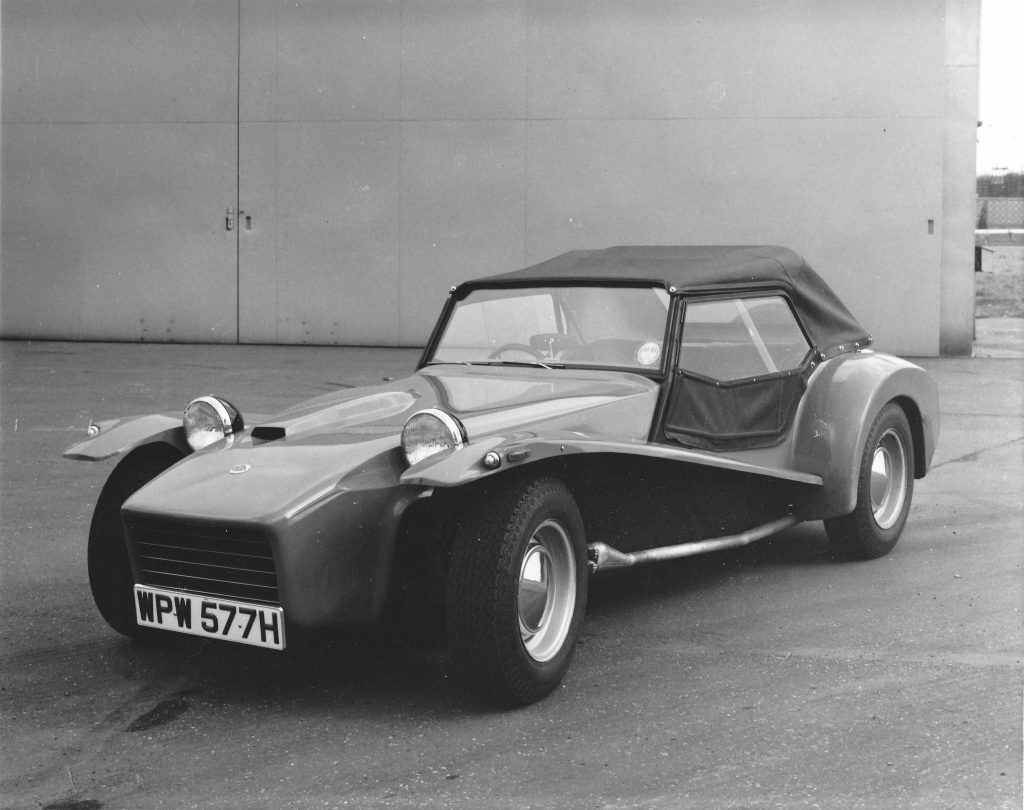
Lotus Seven S4
Launched in March 1970, the Series 4 edition of the Seven was not well-liked by loyalists. The styling by Alan Barrett was a big departure, and some reasoned that the car was somehow ‘soft’ by comparison with previous iterations. However, it’s worth pointing out that it returned a profit to the end in October 1972 and, dare we say it, the S4 remains nicer to drive over a long haul than its predecessors.
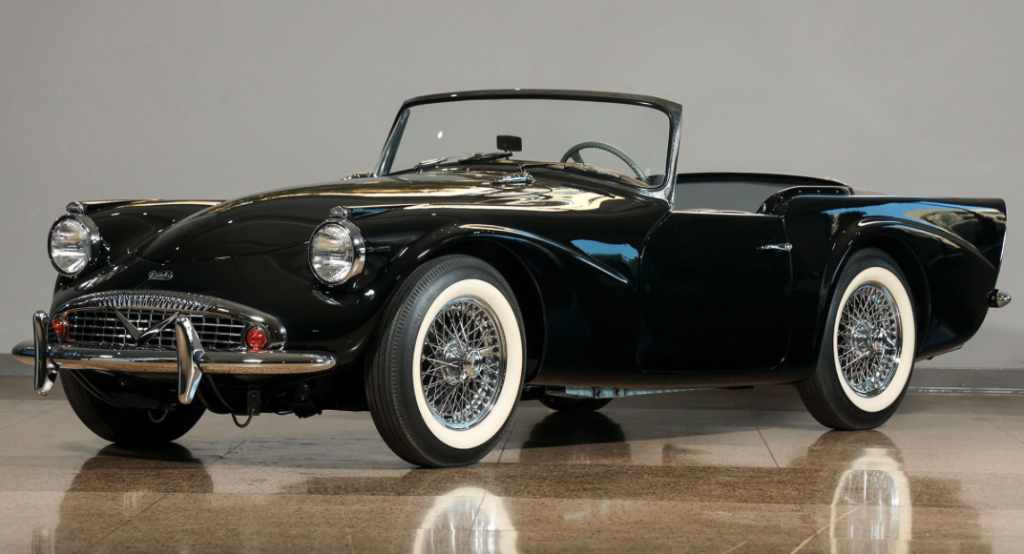
Daimler SP250
Daimler’s tilt at a sports car remains something of a curio. For some, the SP250 (né Dart) looks a bit too leftfield, but its 2.5-litre ‘hemi’ V8 is a gem. Introduced in 1959, this intriguing roadster was good for a genuine 123mph, but Jaguar’s takeover of Daimler a year later effectively sealed its fate.
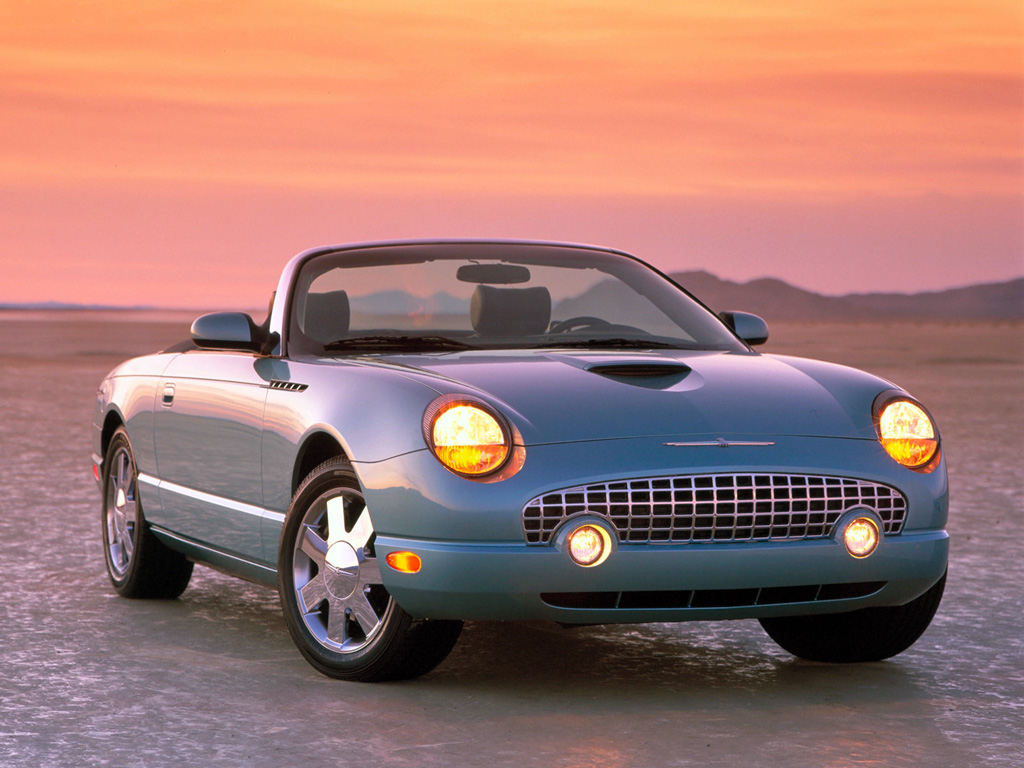
Ford Thunderbird
It’s easy to forget that Ford ransacked its back catalogue at the start of the century, the eleventh generation of the Thunderbird being a case in point. However, despite a tsunami of hype when it was launched in 2002, it was withdrawn in July 2005 by which time sales had flatlined. It’s hard to pinpoint a particular flaw in its makeup so draw your own conclusions.
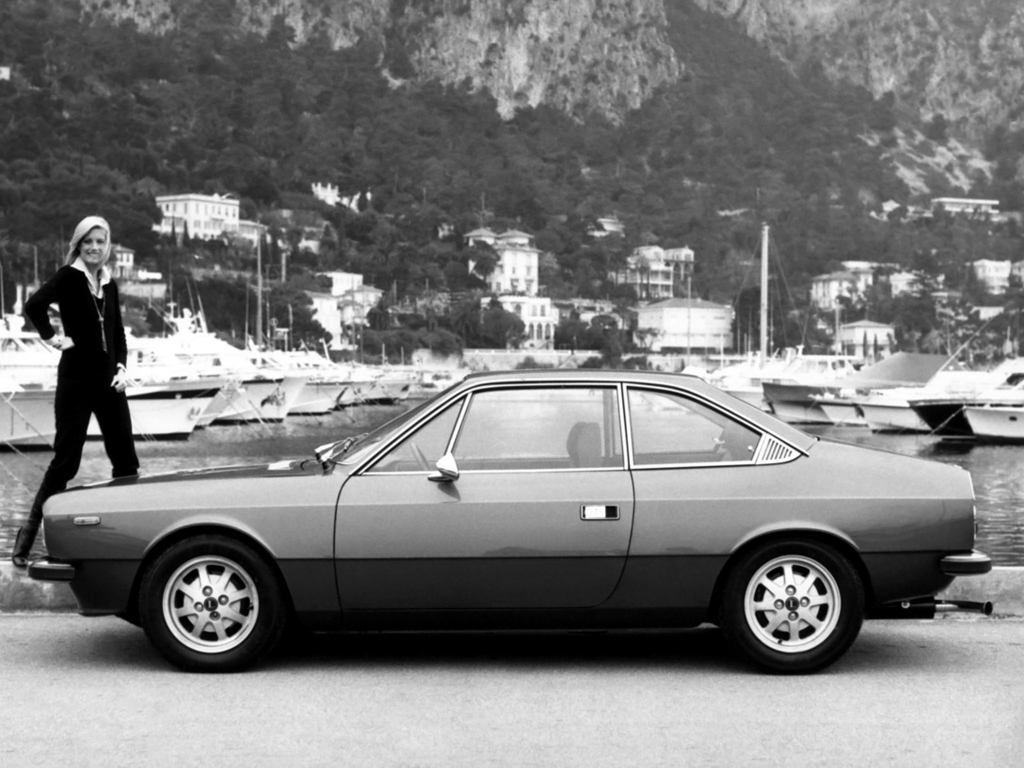
Lancia Beta
It is a car that is unfairly appraised by those who deal only in generalisations. The Beta was offered in various body styles and handled keenly. Unfortunately, its reputation was blighted by a rust scandal which in many ways was hyped by sensationalist news reports. Lancia UK initiated a class-leading rust-protection warranty in the aftermath after all.
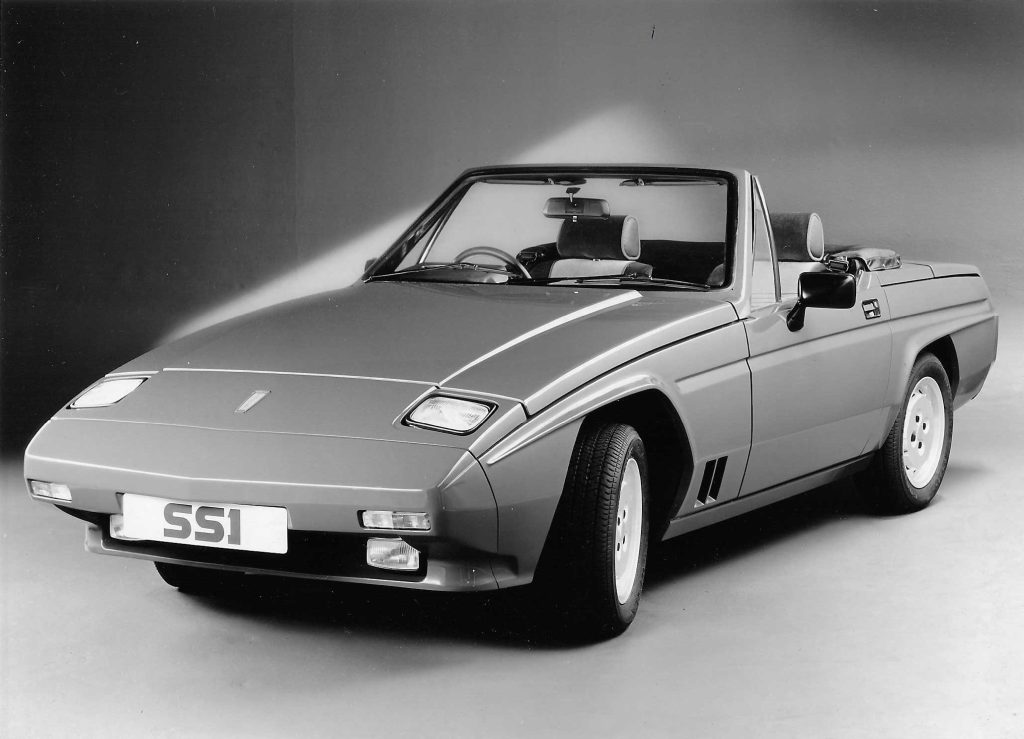
Reliant Scimitar SS1
Reliant’s idiosyncratic roadster was introduced in 1984 to muted praise. The thing is, while the styling by Giovanni Michelotti was a mite odd (it was completed by his understudy Tateo Uchida following his death), the SS1 had a superb chassis which was at its best when equipped with turbo Nissan power in assorted evolutionary editions.
Do you own any of these misunderstood motors? We’d love to hear from you at hdc@hagerty.co.uk